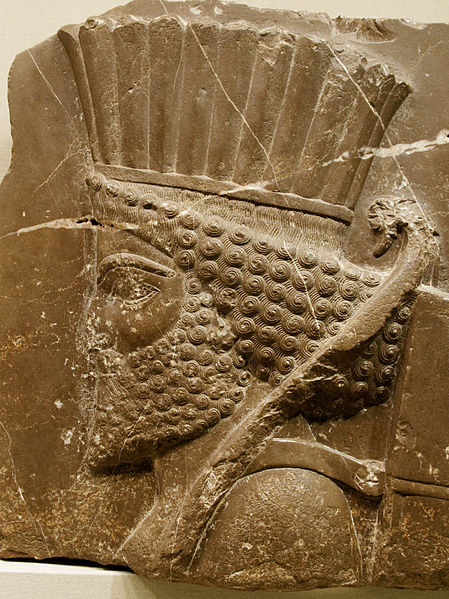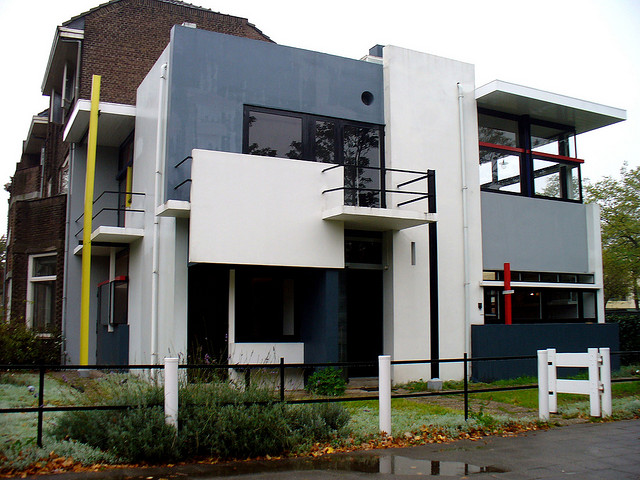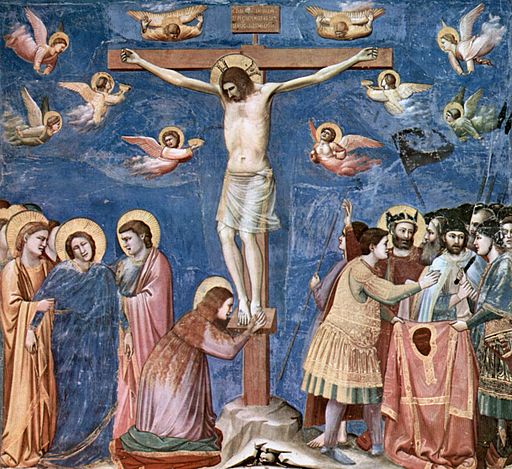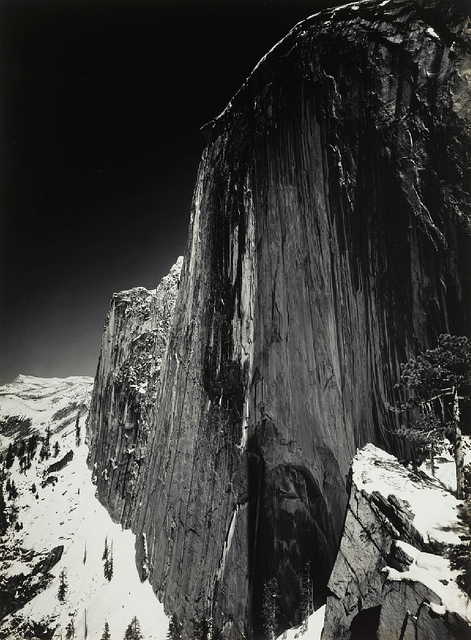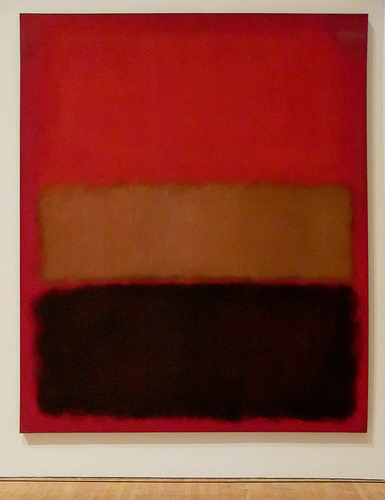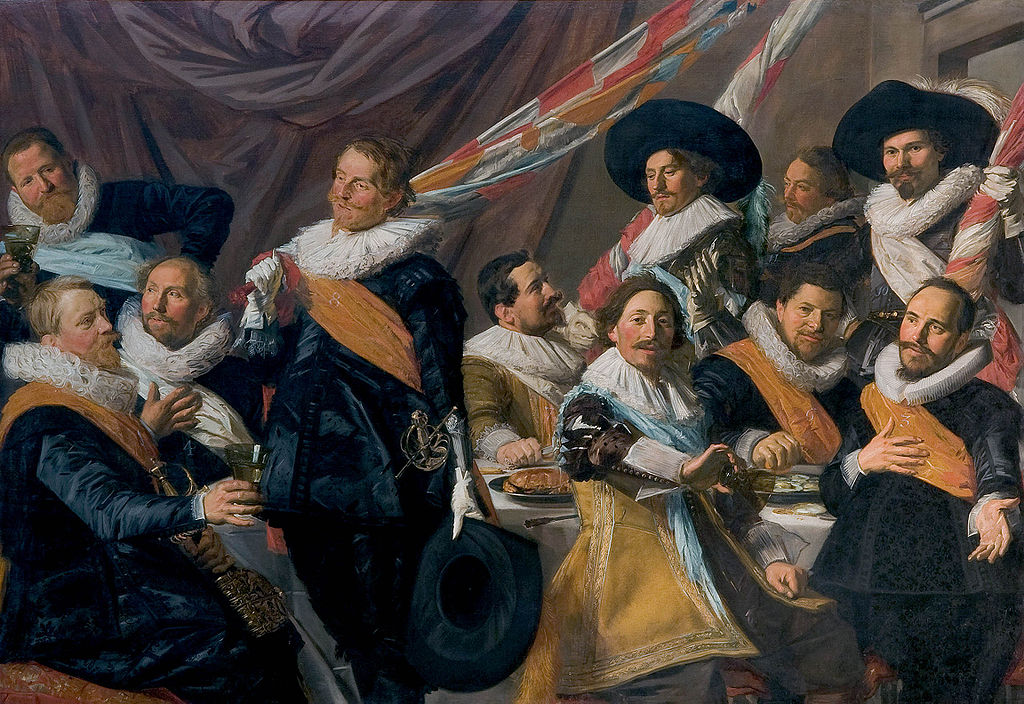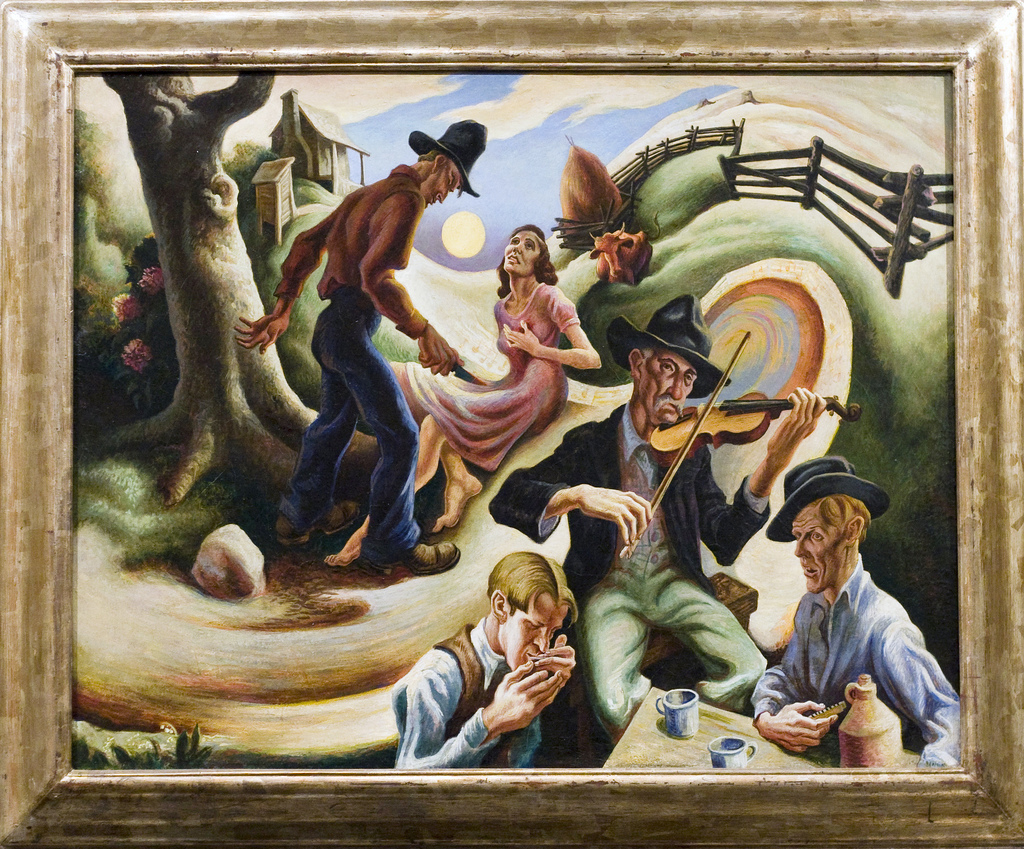In 1865, at the Salon in Paris, the official exhibition space for the art academy, there were many, many paintings of nude women, so why did this one by Édouard Manet cause such an uproar? The public hated this painting! … Continue reading
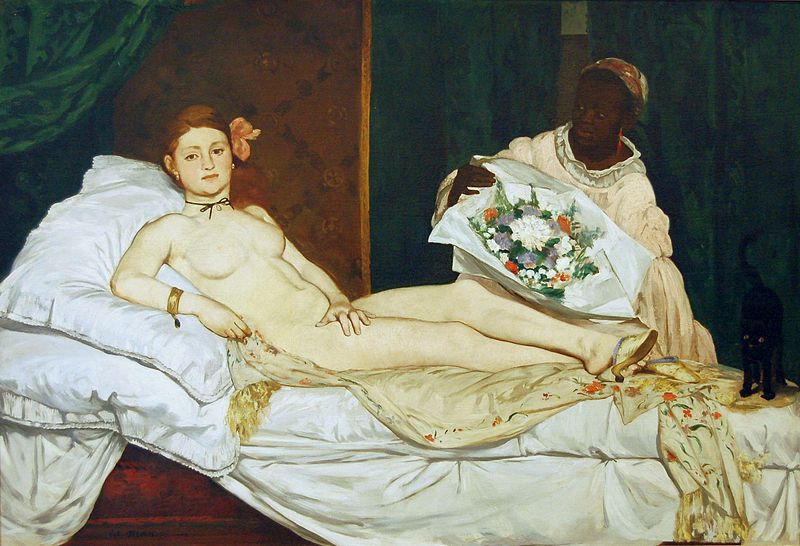 Édouard Manet, Olympia, 1863, oil on canvas, 51.4” x 74.8”, Musée d’Orsay, Paris, Photo by Gautier Poupeau, Public Domain via Wikimedia Commons.
Édouard Manet, Olympia, 1863, oil on canvas, 51.4” x 74.8”, Musée d’Orsay, Paris, Photo by Gautier Poupeau, Public Domain via Wikimedia Commons.

